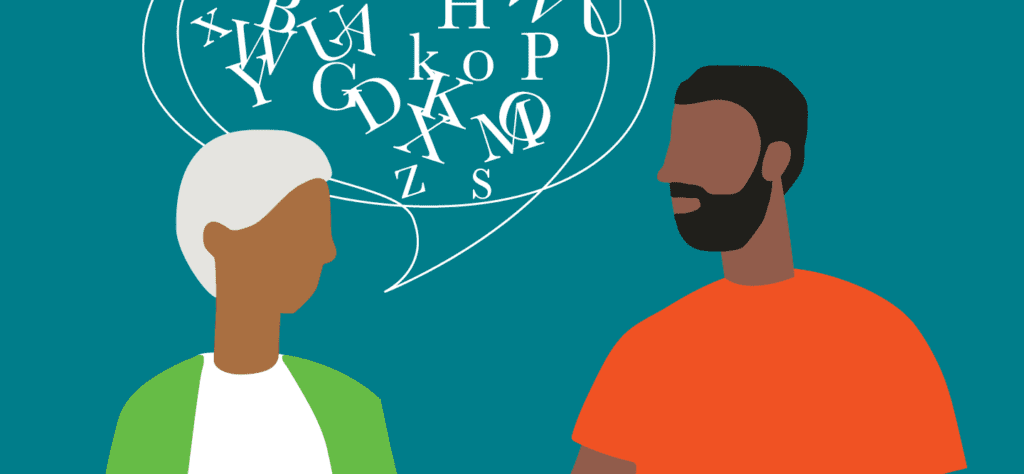Linguistic Aphasia is a disorder acquired after brain damage that affects the understanding and production of spoken and written language. While this is a common term used for regular individuals who have gone through a stroke, did you know that deaf people experience the same as well?
Deaf people who suffer from stroke-related brain injury frequently lose the capacity to sign in strikingly similar ways to the various types of language aphasia, which is basically difficulty speaking, forming words, and sentences being non-sensical.
What is Aphasia?
Aphasia is a neurological condition caused by damage to the areas of the brain responsible for language. Most people’s brains have these areas on the left side. Aphasia typically develops suddenly, often due to a stroke or head injury.
Still, it can also develop gradually due to a brain tumor or a progressive neurological disease. The disorder impairs language expression, comprehension, and reading and writing. Aphasia may co-occur with speech disorders caused by brain damage, such as dysarthria or apraxia of speech. (Source: National Institute on Deafness and Other Communication Disorders)
Who Can Be Affected by Aphasia?
Most individuals with Aphasia who are middle-aged or older are more likely to be affected, but it can practically be observed in anyone, including young children. According to the National Aphasia Association, approximately 1 million people in the United States currently have Aphasia, with nearly 180,000 Americans developing it each year. (Source: National Institute on Deafness and Other Communication Disorders)
How is Aphasia Diagnosed?
Aphasia is usually discovered by the doctor treating the patient for a brain injury. Most people will have a magnetic resonance imaging or computed tomography scan to confirm the presence of a brain injury and pinpoint its exact location. The doctor will also assess the patient’s ability to understand and produce language, such as following commands, answering questions, naming objects, and conversing.
If a physician suspects Aphasia, the patient is usually referred to a speech-language pathologist, who thoroughly examines the individual’s communication abilities. The ability to speak, express ideas, converse socially, understand language, and read and write are carefully evaluated. (Source: National Institute on Deafness and Other Communication Disorders)
How Can Aphasia Affect Sign Language?
Lauren Marks’ new book, A Stitch of Time, explores this concept. On page 166, Marks describes how her speech therapist encouraged her to enroll in signing classes. The teacher is deaf while the students are not.
The first day was full of fumbling. She passed around worksheets with the American Sign Language alphabet, instructing the class to try asking and answering questions while practicing their fingerspelling. She communicated by writing on the blackboard, though all of us struggled with her rule of not asking questions aloud, especially with her back turned. The protocol made perfect sense, but took a little getting used to.
Lauren Marks, Author, A Stitch of Time
Marks struggles to answer the questions as she fingers spell to her teacher that she must learn the language because she has Aphasia due to an aneurysm. As Marks continues to practice fingerspelling and signing, she gradually gains understanding.
That language and gesture had a lot in common.
Lauren Marks, Author, A Stitch of Time
(Source: Aphasia)
